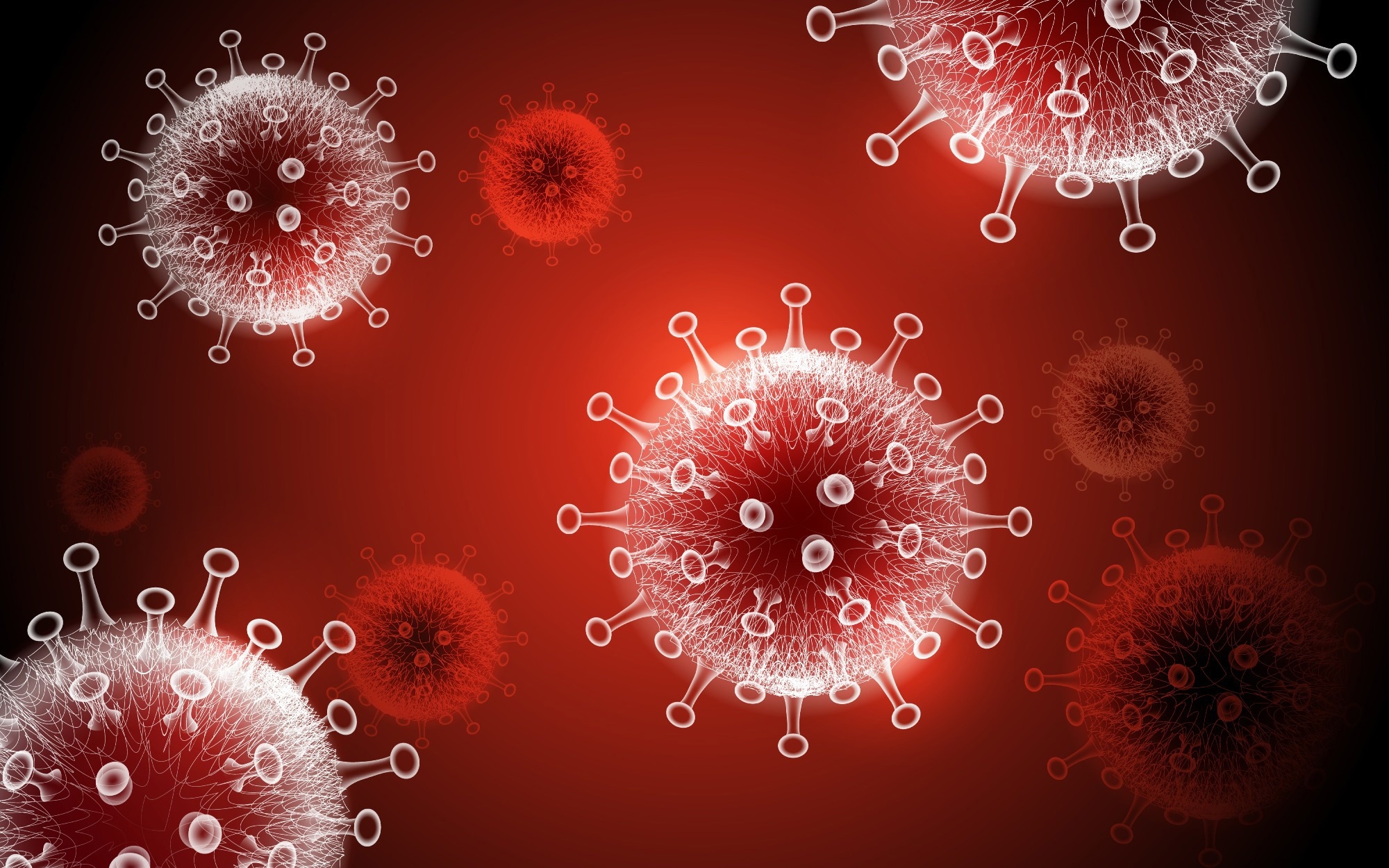In a recent special communication report published in JAMA Network Open, researchers described the coronavirus disease 2019 (COVID-19) prevention network (CoVPN) and its contribution to clinical efficacy evaluations of COVID-19 vaccines in phase 3 trials.
 Study: Rapid Development of an Integrated Network Infrastructure to Conduct Phase 3 COVID-19 Vaccine Trials. Image Credit: CKA/Shutterstock
Study: Rapid Development of an Integrated Network Infrastructure to Conduct Phase 3 COVID-19 Vaccine Trials. Image Credit: CKA/Shutterstock
Background
COVID-19 has caused unprecedented morbidity and mortality across the globe. The continual emergence of novel severe acute respiratory syndrome coronavirus 2 (SARS-CoV-2) variants has challenged the efficacy of vaccines and therapeutic agents such as monoclonal antibodies. The effects of the pandemic warrant collaborated global efforts for efficacy and safety assessments, to assist the clinical evaluations and development of more effective and broader COVID-19 vaccines.
To facilitate the rapid development of effective SARS-CoV-2 vaccines through clinical testing of probable candidates and their authorization, partnerships between the government, private, and academic institutions are required for improved global vaccine research. To fulfill such needs, the CoVpN was established by the NIAID (national institute of allergy and infectious diseases).
About the special communication
In the present study, researchers described CoVPN in assisting the coordinated execution of phase 3 clinical vaccine efficacy trials in developing COVID-19 vaccines.
CoVPN inception
CoVPN was established in April 2020, functioned in alignment with the OWS (operation warp speed) model and was officially designated in May 2020. The goal of CoVPN was designing and rapidly operationalizing phase 3 vaccine efficacy clinical trials with harmonized protocols, endpoints, and correlates with developing novel COVID-19 vaccines based on the efficacy results of several vaccine prototype candidates under research in the United States (US).
The network aimed at the integration of trial locations and laboratories for cogent assessment of all the vaccine prototypes to scale up clinical evaluations utilizing existing healthcare resources rapidly. In addition, the CoVPN aimed at partnering with several NIAID-funded trial networks, such as the human immunodeficiency virus (HIV) vaccine trials network, the infectious diseases clinical research consortium, the acquired immunodeficiency syndrome (AIDS) clinical trials group, and the HIV prevention trials network.
As a result of CoVPN’s efforts, the five clinical phase 3 trial sites included 16 nations across the Sub-Saharan regions of Africa, the United States, and South America, spanning over five continents. Additionally, in the US, sites of several NIAID-funded networks were included, such as the Native Nations, Veterans Affairs, and Defense department sites.
Contribution of CoVPN to phase 3 vaccine efficacy trials
All COVID-19 vaccines in the portfolio of the United States government utilized the severe acute respiratory syndrome coronavirus 2 S (spike) protein. Four studies used the spike 2/SP subunit of the pre-fusion protein structure, whereas one COVID-19 vaccine (Oxford/AstraZeneca) used the whole S protein as the immunogen. The CoVPN facilitated the evaluation of diverse vaccine platforms for diversified manufacturing supply capacities and development of vaccines based on the efficacy and safety findings in the trials’ results.
The five-phase 3 trials were designed with the collaborated efforts of CoVPN statisticians, the WHO (World Health Organization) solidarity vaccine trial expert group, the NIAID DSMB (data safety monitoring board), and the United States FDA (food and drug administration). The coordinated efforts enabled the inclusion of big sample sizes for obtaining large efficacy and safety datasets and evaluating the efficacy of vaccine candidates for symptomatic SARS-CoV-2 infections of varying severity.
The SAP (statistical analysis plan) formulated by CoVPN statisticians collaborated with the coronavirus disease 2019 response team statistics to provide master-trial protocols for harmonized analyses and guided non-CoVPN trials. Moreover, the CoVPN statisticians had access to the findings of all five clinical trials, which provided an opportunity to answer questions that could not be answered by any of the individual studies.
The phase 3 clinical trials differed in their prime efficacy assessment windows, study designs, vaccination regimens, and launch dates. Moderna’s COVE (coronavirus vaccine efficacy and safety) study and AstraZeneca’s AZD1222 study used two-dose regimens, with doses administered four weeks apart, with the efficacy window opening at two weeks post the second vaccination in both the clinical trials. Janssen/Johnson & Johnson’s ENSEMBLE study evaluated one-dose Ad26.COV2.S vaccine efficacy was measured two weeks-post the vaccine dose.
Novovax’s PREVENT-19 (perfusion protein subunit vaccine efficacy novavax trial covid-19) study assessed two-dose NVX-CoV2373 vaccine efficacy three weeks apart, with efficacy window opening one-week post-second vaccination. Sanofi Pasteur’s VAT0008 study evaluated two-dose vaccine efficacy, with doses administered three weeks apart 21, with efficacy measurements commencing two weeks post-second vaccination.
The harmonization of community outreach and equitable enrolment efforts were assisted by a screening registry hosted on the CoVPN website. This enabled probable participants to register and be recruited at CoVPN sites in the United States. Among CoVPN-aided trials, only the PREVENT-19 trial included a blinded crossover study design. In the COVE, ENSEMBLE, and ADZ1222 studies, individuals could unblind and seek authorized vaccines.
To conclude, based on the findings, CoVPN enabled the conduction of phase 3 vaccine efficacy trials among geographically and demographically diverse samples, with efficient statistical analysis, and enabled harmonization of clinical and laboratory endpoints across different vaccine platforms. In addition, the CoVPN enabled assessments for harmonized immunological correlates of protection and assisted in the coordinated development of COVID-19 vaccine candidates effective against different SARS-CoV-2 variants of concern.